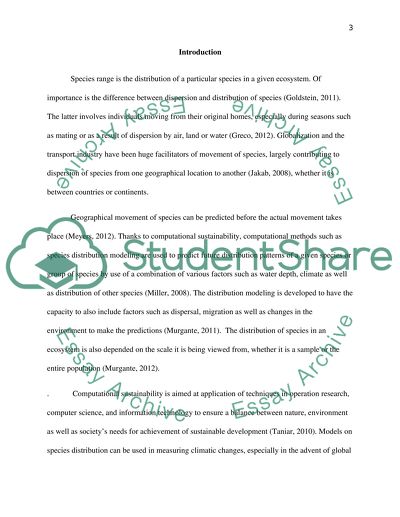Cite this document
(“Emerging Technology: Computational sustainability Essay”, n.d.)
Emerging Technology: Computational sustainability Essay. Retrieved from https://studentshare.org/information-technology/1478702-emerging-technology-computational-sustainability
Emerging Technology: Computational sustainability Essay. Retrieved from https://studentshare.org/information-technology/1478702-emerging-technology-computational-sustainability
(Emerging Technology: Computational Sustainability Essay)
Emerging Technology: Computational Sustainability Essay. https://studentshare.org/information-technology/1478702-emerging-technology-computational-sustainability.
Emerging Technology: Computational Sustainability Essay. https://studentshare.org/information-technology/1478702-emerging-technology-computational-sustainability.
“Emerging Technology: Computational Sustainability Essay”, n.d. https://studentshare.org/information-technology/1478702-emerging-technology-computational-sustainability.


